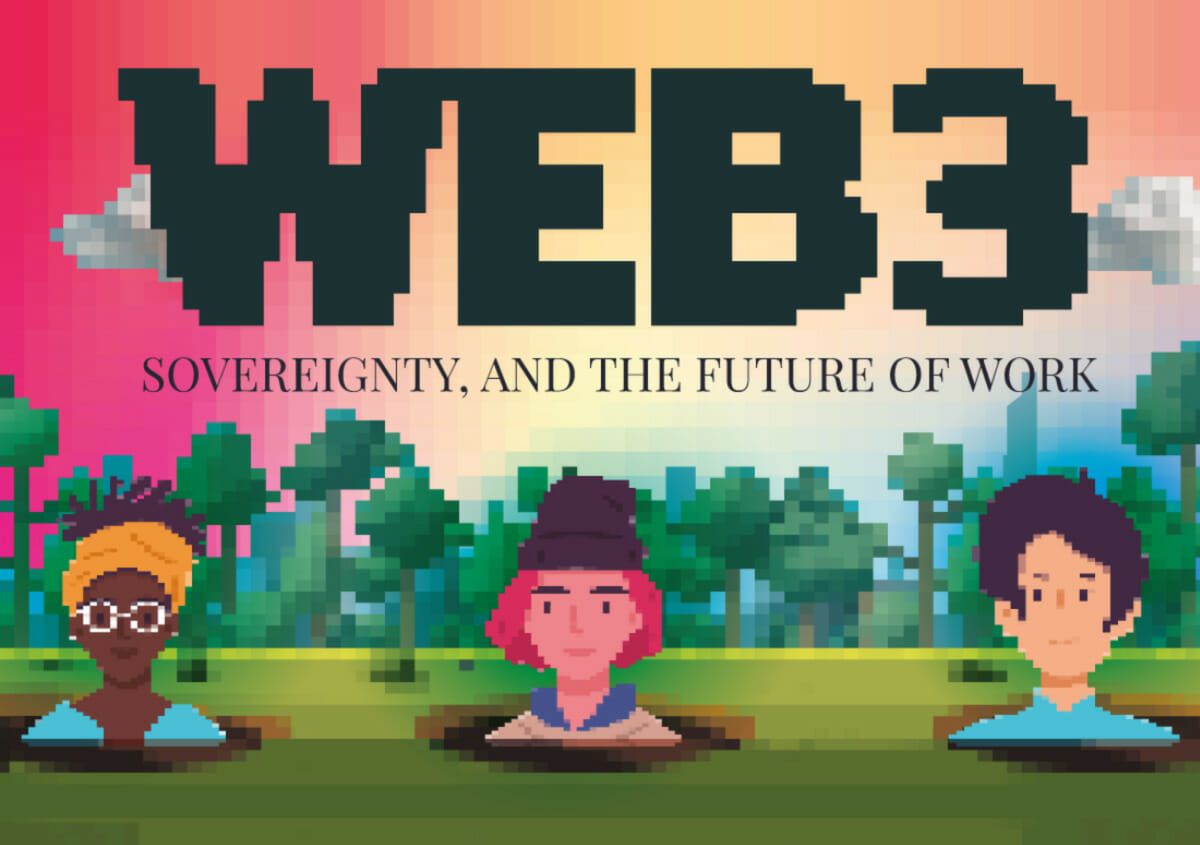There has been a rising global interest in self-sovereignty and the fire fueling this charge is known as Web3. Web3 is a concept for a new iteration of the world wide web which incorporates ideas such as blockchain technologies, decentralization of social media, and token-based economies to name a few.
With Web2, which is the state we are currently in, digital hierarchy is regulated by big businesses. But Web3 presents a whole new set of rules, or better yet, lack thereof. Web3 decentralizes the online space for everyone.
Q2 2022 hedge fund letters, conferences and more
Over 34,000 developers worked on an open source Web3 project in 2021, which was the highest number in history.
Now more than ever are people engaging with these Web3 technologies. 106 million people worldwide currently use crypto exchange. Additionally, more than 18,000 global businesses accept crypto as a form of credible payment. And, these numbers are expected to continue growing. By 2030, the global metaverse is estimated to be worth $13 trillion.
As the digital world changes, so does the fabric of the workplace and what it means to be employed. New digital roles are increasingly in high demand such as full-stack developers, technologists, and data scientists. Independent work generates more revenue than wage and salaried workers. On average, in 2021, independent workers earned nearly $35,000 more than a salaried worker.
How Web3 Is Changing Work
The deregulation spearheaded by Web3 is enabling and empowering self-sovereign work as 4.7 million people now work remotely. It is estimated that there will be 90 million self-employed workers by 2028. Now more than ever, there is an increase in the amount of people who are engaging with these Web3 technologies and they are experiencing major benefits.
There is more freedom for work flexibility as you are not tied down to the standard 9-5 work time. People can live in one country and work in the other as employability from anywhere in the world is becoming more and more prevalent.
18,000 borderless digital currencies allow for a permissionless ecosystem. Furthermore, new technology means more jobs. By 2025, there will be more than 12 million jobs created due to advancing technology. 81% of people believe Web3 will improve their happiness and wellbeing.
Read more in the infographic below to learn how Web3 will influence the landscape of the workforce.
Infographic source: Opolis.co







